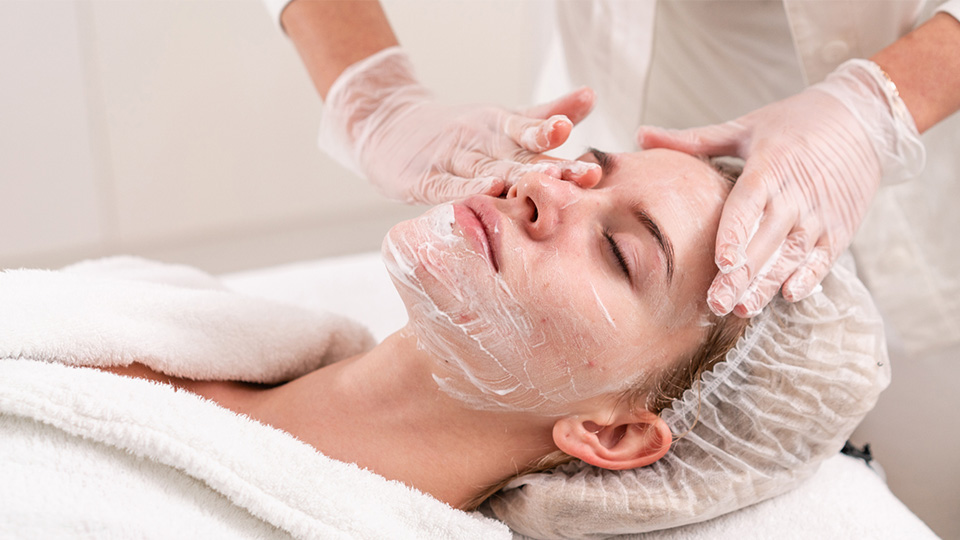Facelift Clinics and Patient Safety: What You Need to Know
In the pursuit of rejuvenating their appearance, many individuals turn to facelift clinics. While these clinics offer the promise of youthful results, ensuring patient safety should always be the top priority. Understanding the crucial aspects of patient safety in facelift clinic in muscat oman is essential for anyone considering or undergoing such a procedure. Let's delve into what you need to know to make informed decisions and prioritize your well-being.
Importance of Patient Safety
Patient safety lies at the core of every reputable facelift clinic. From initial consultation to post-operative care, ensuring the health and well-being of patients is paramount. A commitment to safety not only minimizes risks but also fosters trust between patients and the clinic.
Qualified and Experienced Surgeons
The cornerstone of patient safety in facelift clinics is the expertise of the surgeons. When selecting a clinic, prioritize those with board-certified plastic surgeons who specialize in facial procedures. These professionals possess the necessary training, skills, and experience to perform facelifts safely and effectively.
State-of-the-Art Facilities
The physical environment of a facelift clinic plays a significant role in ensuring patient safety. Look for clinics equipped with state-of-the-art facilities and accredited operating rooms. Properly maintained equipment and adherence to strict sanitation protocols reduce the risk of complications during surgery.
Comprehensive Consultations
Before undergoing a facelift procedure, patients should undergo thorough consultations with their surgeon. These consultations serve multiple purposes, including assessing the patient's candidacy for surgery, discussing expectations, and outlining the risks and benefits. Clear communication during this stage is crucial for informed decision-making and ensuring patient safety.
Individualized Treatment Plans
Each patient's facial anatomy and aesthetic goals are unique, requiring individualized treatment plans. A reputable facelift clinic will tailor the procedure to meet the specific needs of the patient while prioritizing safety. This personalized approach ensures optimal results while minimizing risks and complications.
Preoperative Preparation
Preparing for a facelift procedure involves more than just scheduling the surgery. Patients should follow preoperative instructions provided by their surgeon, which may include avoiding certain medications, quitting smoking, and arranging for transportation and post-operative care. These preparatory measures contribute to a smoother surgical experience and promote patient safety.
Anesthesia Administration
During facelift surgery, anesthesia is administered to ensure patient comfort. An experienced anesthesiologist or certified nurse anesthetist oversees this aspect of the procedure, monitoring the patient's vital signs and adjusting anesthesia levels as needed. Proper anesthesia management is crucial for patient safety throughout the surgical process.
Minimizing Surgical Risks
While facelift surgery is generally safe, it carries inherent risks, such as bleeding, infection, and adverse reactions to anesthesia. To minimize these risks, facelift clinics employ meticulous surgical techniques, adhere to strict hygiene protocols, and provide comprehensive post-operative care. Additionally, patients must follow all preoperative and post-operative instructions to reduce the likelihood of complications.
Post-operative Care and Follow-up
The journey to optimal results doesn't end when the surgery is complete. Facelift clinics prioritize post-operative care and follow-up appointments to monitor the patient's progress and address any concerns. Patients should adhere to all post-operative instructions, including wound care, activity restrictions, and medication schedules, to facilitate a smooth recovery and ensure the best possible outcome.
Recognizing Red Flags
While reputable facelift clinics prioritize patient safety, it's essential for patients to be vigilant for red flags that may indicate subpar practices. Signs of concern include clinics operating in non-accredited facilities, lack of transparency regarding surgical techniques and outcomes, and pressure to undergo surgery without adequate consultation or consideration of alternatives. If something feels off, don't hesitate to seek a second opinion or explore other clinic options.
Conclusion
Choosing to undergo a facelift procedure is a significant decision that should not be taken lightly. By prioritizing patient safety and selecting a reputable facelift clinic, individuals can achieve their aesthetic goals with confidence and peace of mind. Remember to research thoroughly, ask questions, and advocate for your well-being throughout every step of the process. With the right clinic and proper precautions in place, a safe and successful facelift experience is within reach.



Comments
Post a Comment